One of the greatest dangers a writer faces while doing research is getting sidetracked by an irresistible piece of trivia and wandering for hours through cyberspace and reference books. By the time he or she resurfaces, bleary eyed and sated with useless information, hours have passed—hours that could have been spent on something productive.
This happened to me, for about the bajillionth time, as I was preparing a presentation about the history of tarot. I kept running across the statement that the first playing cards didn’t appear in Europe until the early 1300’s— and they were probably Mamluk.
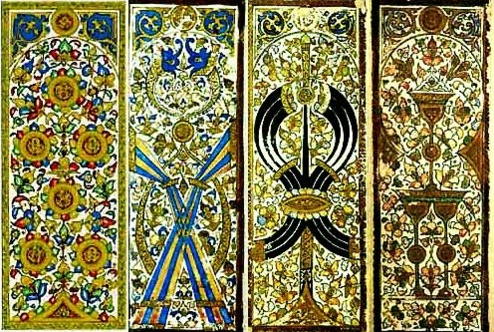
“What’s a Mamluk?” I thought. And that’s when the Mamluks grabbed me and dragged me through nearly eight centuries of fascinating history that had absolutely nothing to do with the tarot.
It all began way back in 800 CE when the Abbasid caliphs of Baghdad began supplementing their military with slaves purchased from a place called Circassia in the northern Caucasus Mountains.
Circassia doesn’t exist anymore, but Circassian people still live there. And it’s still sort of the Lake Woebegone of Eastern Europe, where all the men are strong,
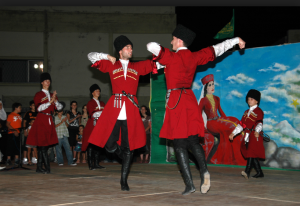
all the women are good looking,
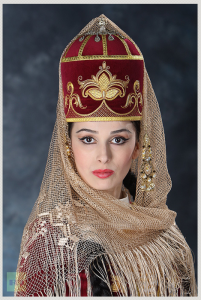
and all the children are above average.
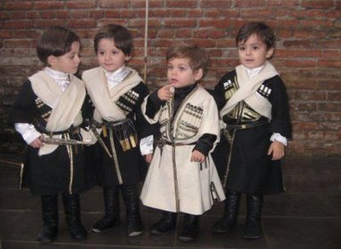
The medieval Circassian slaves were such excellent fighters and strategists that they were given more and more power and responsibility. Any historian would have told the caliphs this was a bad idea, but who listens to historians?
They eventually grew more powerful than the caliphs who owned them and formed a military regime that dominated the Middle East for over eight centuries. They called themselves Mamluks (Arabic for slaves).
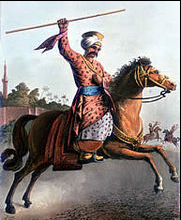
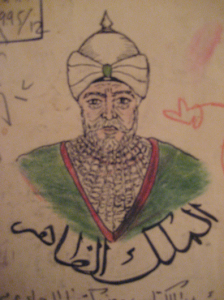
In 1260, Baybars, a Mameluke general owned by the Sultan of Egypt, defeated the Mongols and halted their sweep through the Middle East and into Egypt. This is a hugely significant accomplishment, since the descendents of Genghis Khan had been pillaging their way west for the past 500 years without a single defeat. Baybars then killed the sultan and took over Egypt. During his reign of seventeen years Baybars crushed the dreaded Assassins in their last strongholds in Syria, drove the crusaders from Antioch, and extended the rule of Egypt across the Red Sea to control the valuable pilgrim cities of Mecca and Medina.
A totally amazing curriculum vitae.
The Mamluks remained a force to be reckoned with in the Middle East until the early 1800’s when The Ottoman Empire realized that they were way too powerful and massacred them all in Egypt (1811) and then Baghdad (1813).*
But not all the Mamluks stayed in the Middle East. Many become mercenaries throughout the Levant and Europe. Every King and even some of the more wealthy nobles had their crack Mamluk troops. Napoleon Bonaparte’s Imperial Guard had a Mamluk division and Napoleon himself had a Mamluk body guard.
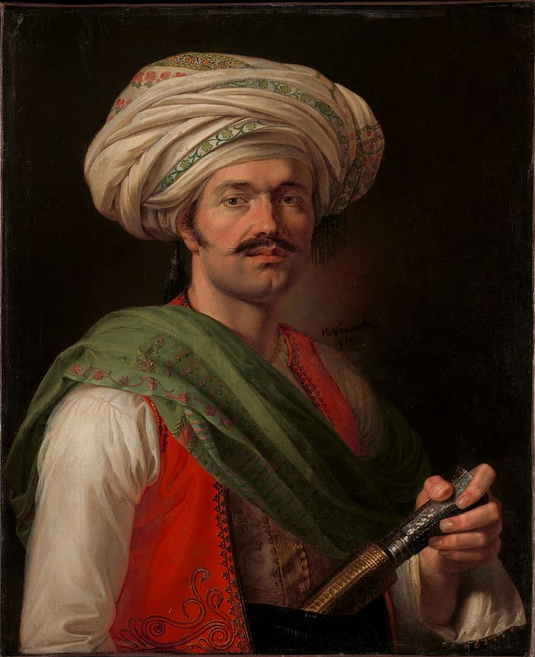
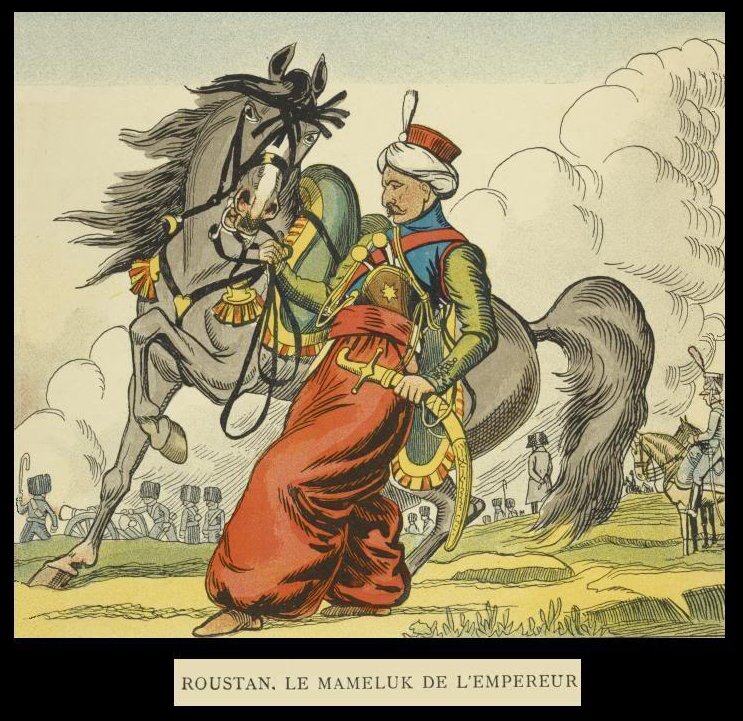
Remember all those medieval historical novels and romances where the hero must fight the villain’s dreaded Mamluk bodyguard?
And soldiers have lots of time to sit around and play gambling games. I have no doubt that the European knights of the 1300’s were eager to learn the favorite game of these amazing fighters. And so playing cards became all the rage in Europe–thanks, in part, to the Mamluks.
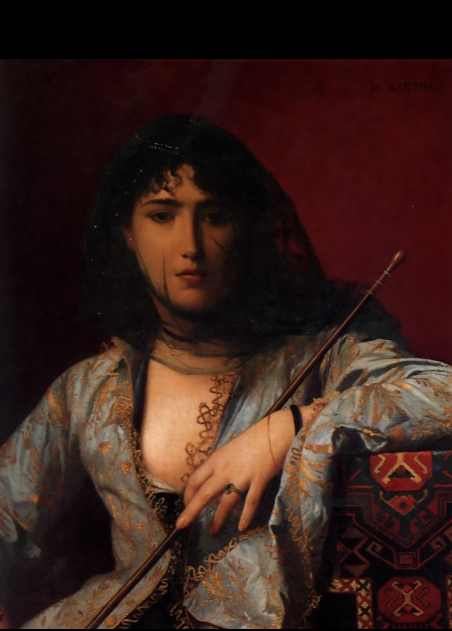
Circassian women were so beautiful that they were sold as concubines and became the rulers of seraglios throughout the Middle East. From this position they would have had quite a bit of influence on Middle Eastern politics.
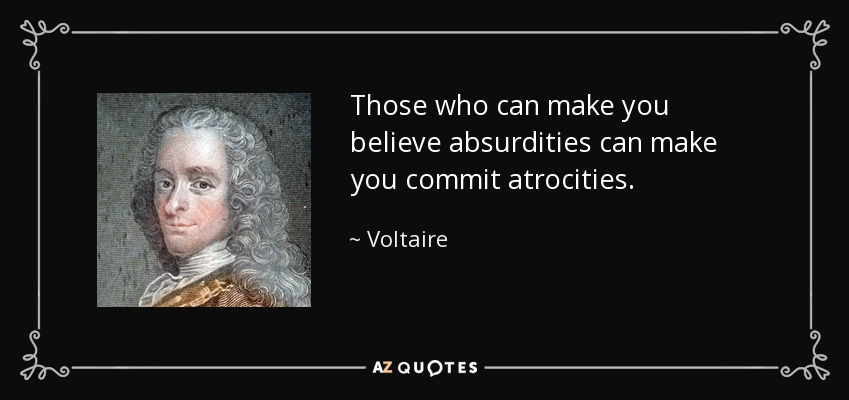
Voltaire had this to say about them:
“The Circassians are poor, and their daughters are beautiful, and indeed it is in them they chiefly trade. They furnish with those beauties the seraglio of the Turkish Sultan, of the Persian Sophy, and of all of those who are wealthy enough to purchase and maintain such precious merchandise. These maidens are very honorably and virtuously instructed how to fondle and caress men; are taught dances of a very polite and effeminate kind; and how to heighten by the most voluptuous artifices the pleasures of their disdainful masters for whom they are designed.”
–1734, Letters to the English, Letter XI, On Inoculation
Johann Friedrich Blumenbach (1752-1840–physician, naturalist, and racist) theorized that the Circassians were the closest to God’s original model of humanity, and thus “the purest and most beautiful whites were the Circassians”. Since the Circassians were from the Caucasus Mountains, the word Caucasian came to be the name of the white race.
Now, aren’t you glad you know what a Mamluk is?
*“History of the Mamelukes” A nice, short, readable article on a complex subject.
http://www.historyworld.net/wrldhis/PlainTextHistories.asp?historyid=ac85


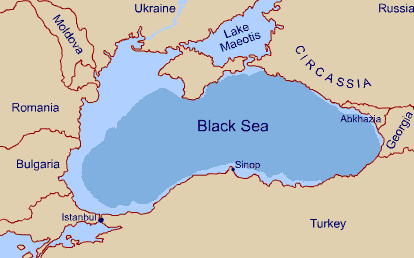
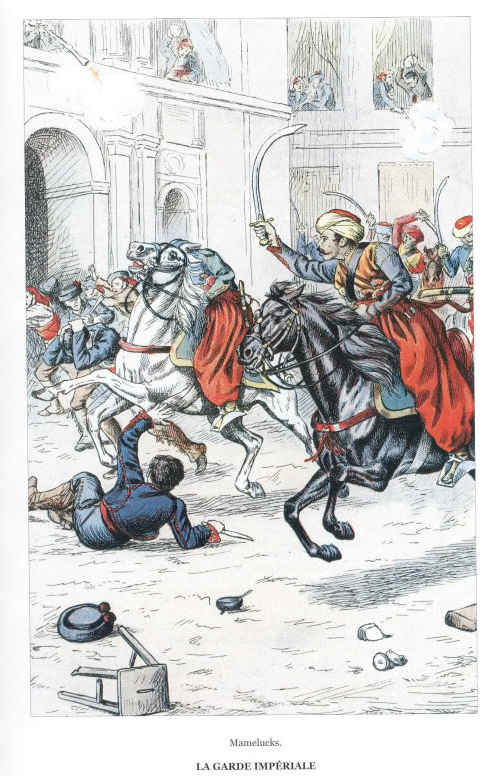
9 thoughts on “Hijacked by Mamluks”
Absolutely fascinating! Thanks for filling me in – I love this sort of stuff!
Glad you enjoyed it! Hope you guys are doing well.
Hugs,
Chrissy
I am totally glad I know what a Mamluk is! For all I know I may be descended from Mamluks! An interesting point: Caucasians have been slaves.
totally unaware of the Mamluks…interesting stuff. How porous the boundaries of history and ethnicity are!
It was good seeing you last week, Chrissy! You are quite the tarot scholar. : )
Thanks for such an interesting blog entry! I’d never even heard of the Mamluks, and I’m someone who shares your tendency to get lost for hours on the Internet in the quest to learn more about random, interesting subjects. : )
I especially liked your allusion to Garrison Keillor’s catchphrase, complete with pictures of Circassians. Very clever. : )
Emily (James’s wife)
So glad you found my blog, and I’m glad you enjoyed it.
Hope to see you in September!
Thanks for sharing your internet wanderings. Getting lost and side tracked on the net while researching something else is like the 21st century equivalent of “dusting the bookshelf.”
Namaste’
Rebecca
Gorgeous cards and similar to some Tarot decks I’ve seen.
Yes, for instance they look very similar to the pip cards of the Marseilles tarot decks. The other thing I didn’t mention is that many of the Mamluk playing cards had a saying from the Koran or a short, one liner Islamic adage written on them. Arabic is such a beautiful script that it gets lost in the rest of the ornamentation on the card and if you don’t read Arabic, you don’t even notice it’s there.